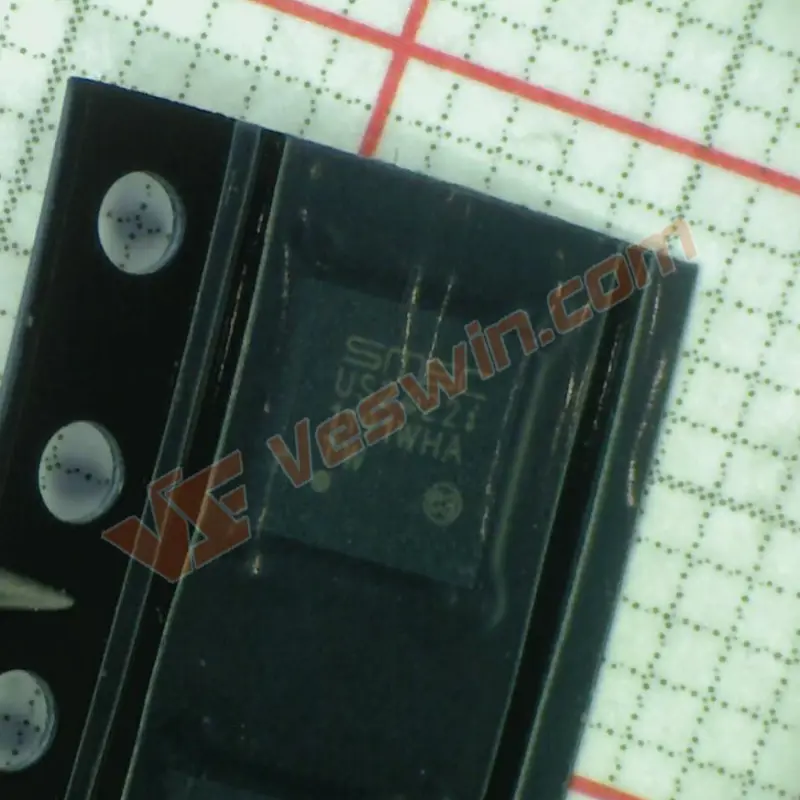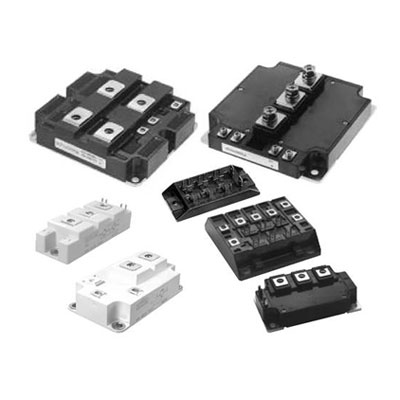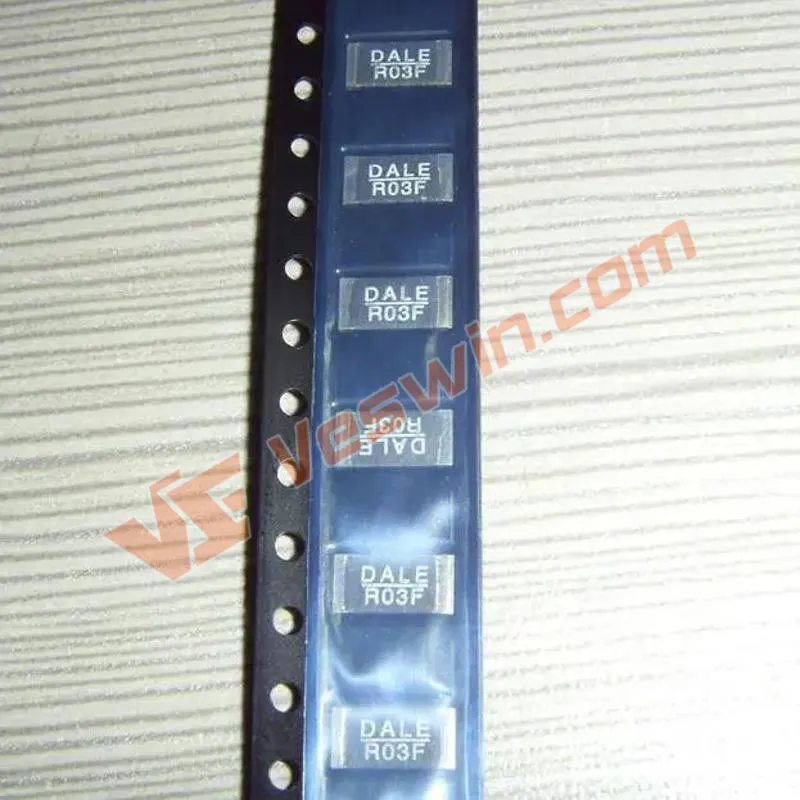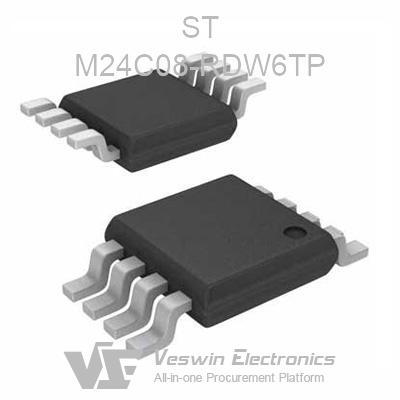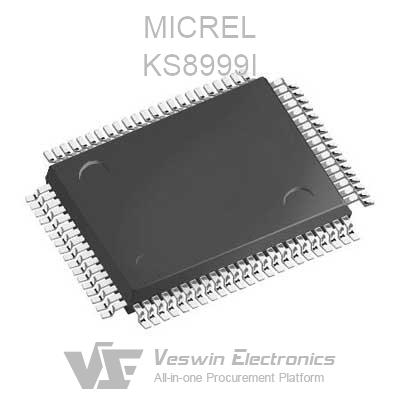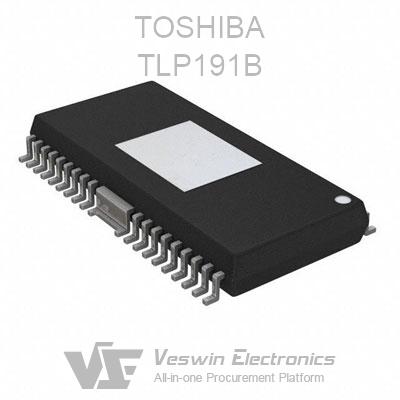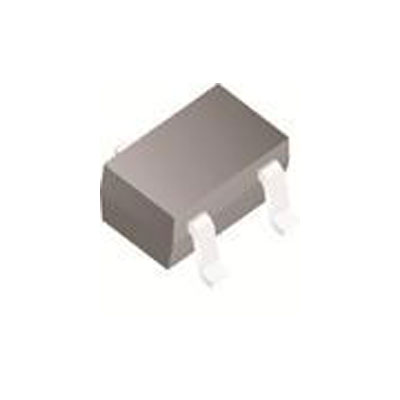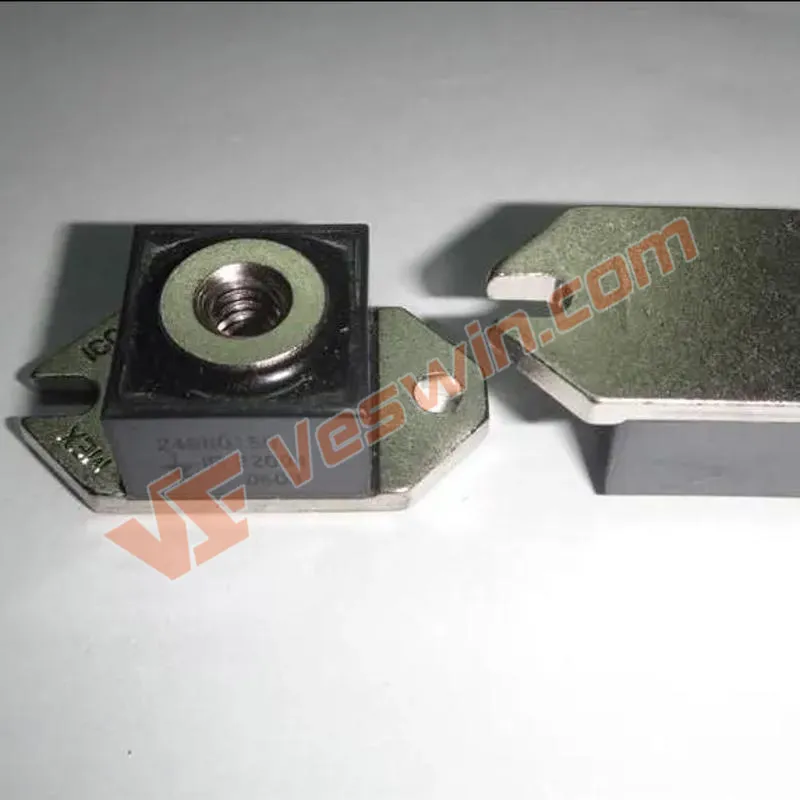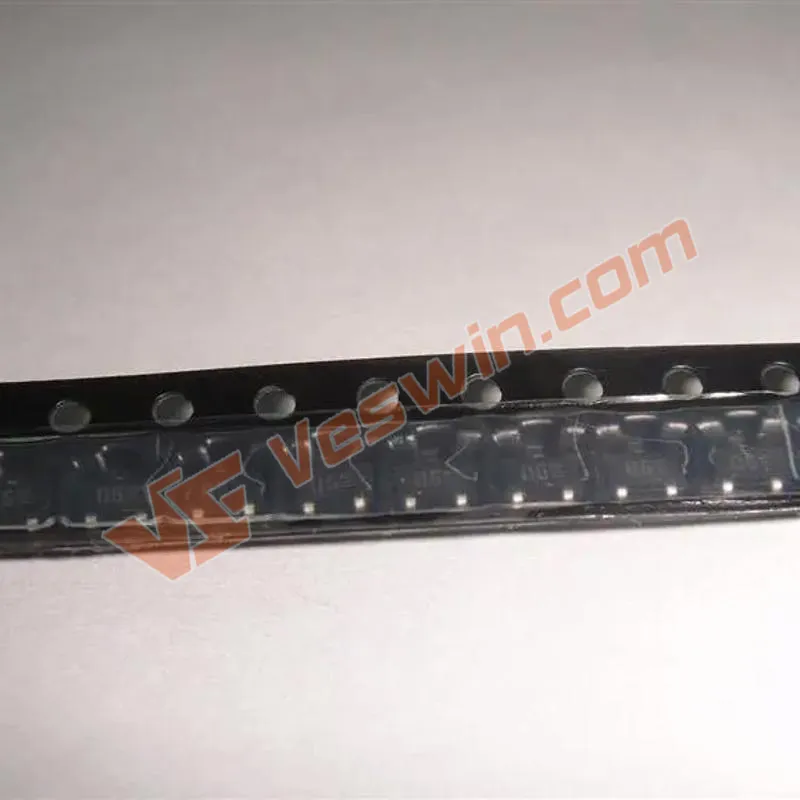Industrial robot haptic sensors help industrial robots measure any physical interaction with their environment. The sensor is able to measure parameters related to the contact between the sensor and the object. In turn, industrial robots benefit from haptics. Force and haptic sensors allow robots to manipulate objects with greater precision and sensitivity in less structured environments.
Haptic sensors are designed based on the biological sensation of their touch and are capable of detecting stimuli from mechanical stimuli, temperature and pain. A haptic sensor will receive and respond to a signal, which can be either force or physical contact.
A Tactile sensor is a device that measures information resulting from physical interaction with its environment. Tactile sensors are typically modeled after the biological sensation of skin contact and are capable of detecting stimuli caused by mechanical stimuli, temperature, and pain (although pain sensing is not common in artificial tactile sensors). Haptic sensors are used in robotics, computer hardware, and security systems. Common applications for haptic sensors are in touch screen devices on cell phones and computers.
Tactile sensors are found in everyday life, such as elevator buttons and lights that dim or brighten with the touch of a base. Haptic sensors also have a myriad of applications that most people are never aware of.
Sensors that measure very small changes must have a very high sensitivity. The sensor needs to be designed to have very little effect on the measured value; making the sensor smaller can often improve this and may bring other advantages. Haptic sensors can be used to test performance in all types of applications. For example, these sensors have been used in the manufacture of automobiles (brakes, clutches, door seals, gaskets), battery lamination, bolting, fuel cells, etc.
Haptic imaging is based on tactile sensors as a medical imaging modality that converts the sense of touch into a digital image. Haptic imaging is very similar to manual palpation because the probes of a device with an array of pressure sensors mounted on its face are similar to a human finger during a clinical examination, deforming the soft tissue through the probes and detecting the resultant changes in pressure patterns.
Robots designed to interact with objects to be handled involve precision, dexterity, or interaction with unusual objects and require sensory devices that are functionally equivalent to human haptic capabilities. Tactile sensors have been developed for use in robots. When a robot begins to grasp an object, the haptic sensor can complement the vision system by providing additional information. At this point vision is no longer sufficient, as the mechanical properties of the object cannot be determined by vision alone. Determining weight, texture, stiffness, center of mass, coefficient of friction, and thermal conductivity requires object interaction and some sort of haptic sensing.
1. Optical tactile sensors: Optical tactile sensors are available in both intrinsic and extrinsic types, in which the intensity of light is modulated by moving an obstacle into the optical path. It has advantages such as resistance to electromagnetic interference and has a very high resolution. Low wiring is required, and the processing electronics can be kept away from the sensor.
2. Piezoelectric tactile sensor: When pressure is applied to the sensing element the effect of generating a voltage on the sensing element is the piezoelectric effect. In this case, no external sensor is required. The advantages of this kind of sensor are wide dynamic range and high durability. Pressure measurements can be performed.
3. Resistive tactile sensor: The sensor works based on the change in resistance between the conductor polymer and the electrode. This type of tactile sensor is widely used. When pressure is applied, the resistance of the conductive material changes. The resistance is then measured. The advantages of this resistive tactile sensor are high durability.
4. Capacitive tactile sensors: In capacitive sensors, a change in capacitance between two electrodes is used. This type of capacitive sensor will measure the capacitance, which will change under the applied pressure. The capacitance of a parallel plate capacitor is related to the pitch of the plate and its area. The capacitance will vary depending on the load. The advantages of this type of sensor are linear response and wide dynamic range.
5. Magnetic tactile sensors: magnetic tactile sensors use two methods, one is the use of magnetoresistive devices to measure changes in magnetic flux density, and the other method is the change in magnetic coupling deformation between the windings of the magnetoelastic core. The advantage of this sensor is high sensitivity and no mechanical hysteresis.
In industrial robotics just as in the human domain, vision and haptics are complementary modalities. Industry experts expect that touch sensing will soon be joined by vision technology in mainstream robotics applications. Basically, an industrial robot haptic sensor is a touch sensor that provides information about the object with which it is in contact. The information conveyed is about the shape, size and type of the object being touched.
An industrial robot tactile sensor can detect certain things, such as the presence of an object. It can determine the shape and position of the part. With objects in contact with the sensor, the contact is pressure, so the pressure distribution can be determined. Inspection of objects, such as texture monitoring, joint inspection or damage detection, can be accomplished with the help of this device.
Industrial robotic haptic sensors are capable of detecting a variety of stimuli; they can detect the presence of objects and can also obtain tactile images. The haptic sensor has many sensitive parts and with the help of these parts, the haptic sensor is able to measure several properties.
The functional component of the tactile sensor for industrial robots includes a microswitch, which is a switch that is sensitive to different ranges of motion. It is an array of touch sensors that make up a larger sensor called a haptic sensor. The individual touch sensors will interpret the physical contact between the robot's fingers and the textured surface. Once the industrial robot makes contact with the object, it will send a signal to the controller.
The article focuses on the role of haptic sensors in industrial robots and what types of haptic sensors are available. Browse the full article to learn that in industrial robotics just like in the human domain, vision and haptics are complementary modalities. Industry experts expect that touch sensing will soon be joined by vision technology in mainstream robotics applications. Basically, an industrial robot haptic sensor is a touch sensor that provides information about the object with which it is in contact. The information transmitted is about the shape, size and type of the object being touched.
Hot News
